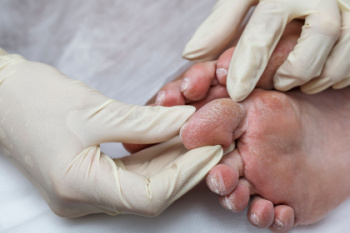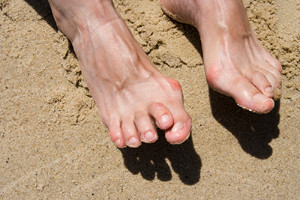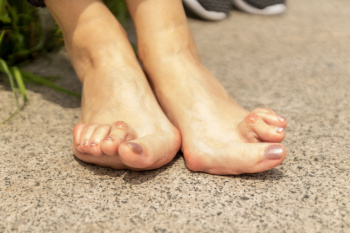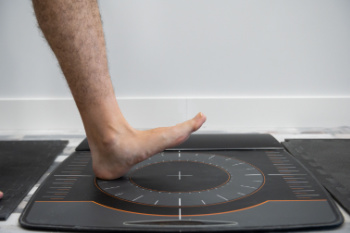
Effective foot care is important, especially for individuals managing diabetes, as the condition increases the risk of various foot complications. Maintaining optimal foot health involves several essential practices tailored to diabetic needs. Regular foot inspections, conducted daily, help identify any signs of injury, redness, or changes in skin condition. Keeping feet clean and dry, particularly between the toes, prevents moisture-related infections. Moisturizing with a gentle lotion helps prevent dry skin and cracks. Wearing properly fitting shoes and socks, preferably made of breathable materials, minimizes friction and reduces the risk of blisters or sores. Additionally, avoiding walking barefoot and practicing caution when trimming nails are vital to prevent cuts or infections. Finally, scheduling regular foot exams with a podiatrist ensures early detection and management of any foot-related complications. If you have diabetes, it is strongly suggested that you are under the care of this type of doctor who can help you to manage this serious condition.
Diabetic foot care is important in preventing foot ailments such as ulcers. If you are suffering from diabetes or have any other concerns about your feet, contact one of our podiatrists from Westside Podiatry Center, LLP. Our doctors can provide the care you need to keep you pain-free and on your feet.
Diabetic Foot Care
Diabetes affects millions of people every year. The condition can damage blood vessels in many parts of the body, especially the feet. Because of this, taking care of your feet is essential if you have diabetes, and having a podiatrist help monitor your foot health is highly recommended.
The Importance of Caring for Your Feet
- Routinely inspect your feet for bruises or sores.
- Wear socks that fit your feet comfortably.
- Wear comfortable shoes that provide adequate support.
Patients with diabetes should have their doctor monitor their blood levels, as blood sugar levels play such a huge role in diabetic care. Monitoring these levels on a regular basis is highly advised.
It is always best to inform your healthcare professional of any concerns you may have regarding your feet, especially for diabetic patients. Early treatment and routine foot examinations are keys to maintaining proper health, especially because severe complications can arise if proper treatment is not applied.
If you have any questions please feel free to contact one of our offices located in Liverpool, Camillus, Skaneateles, Oswego, and Cicero, NY . We offer the newest diagnostic and treatment technologies for all your foot and ankle needs.





